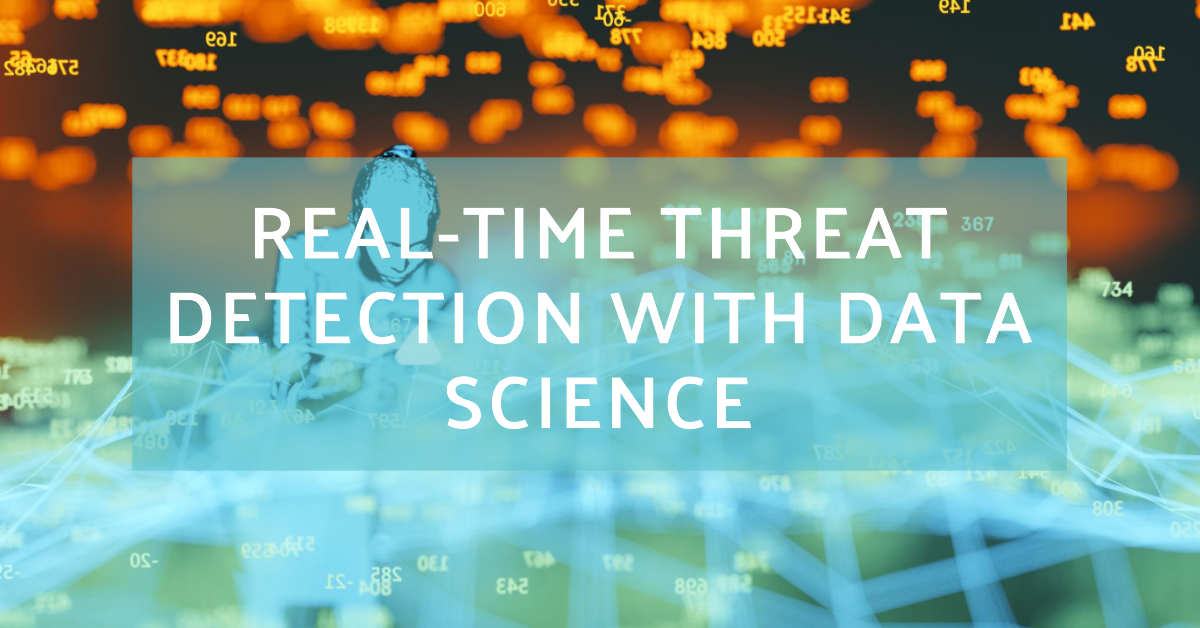Connect with the Author!
Are you intrigued by the insights shared in this article on data science in cybersecurity? If you have further questions or would like to explore collaboration opportunities, feel free to reach out to the author, Jhonathan David Shaikh, an expert in data science.
Contact Jhonathan David Shaikh
Don’t miss the chance to engage with a seasoned professional in the field. Your inquiries, thoughts, and potential projects are warmly welcomed!

